Older Adult Fall Prevention
Topic:
- Seniors
Unintentional falls are the leading cause of fatal and non-fatal injuries among Florida residents ages 65 years and older.
In addition to injuries, as well as the costs associated with them, falls can have many negative consequences like:
- Fear of falling again
- Forced relocation from the home
- Loss of independence
- Stress in the family
There are many reasons why an older adult might fall, including a variety of
- Biological
- Behavioral
- And environmental factors.
These risk factors include:
- A previous fall
- Chronic health conditions (e.g., arthritis, stroke)
- Conditions in the home (e.g., slippery floors, loose rugs, cords on the floor, poor lighting)
- Fear of falling
- Medicines (including interaction effects)
- Mobility problems (e.g., muscle weakness, balance)
- Poor nutrition (leading to weakness, dizziness, fainting)
- Poor vision or hearing
Older adults who have one or more of these conditions may have a higher risk of falling.
The following practices are recommended for older adults to reduce their chances of falling and help them stay independent:
- Exercising regularly, especially leg strengthening and improving balance.
- Having an eye doctor check their vision at least once a year.
- Making their home improvement safer.
- Reviewing their medicines with a doctor or pharmacist.
Older adults interested in participating in a community-based program for fall interventions should contact their local Aging and Disability Resource Centers (ADRCs) – DOEA (elderaffairs.org)
For more information: Older Adult Falls Prevention | Florida Department of Health (floridahealth.gov)
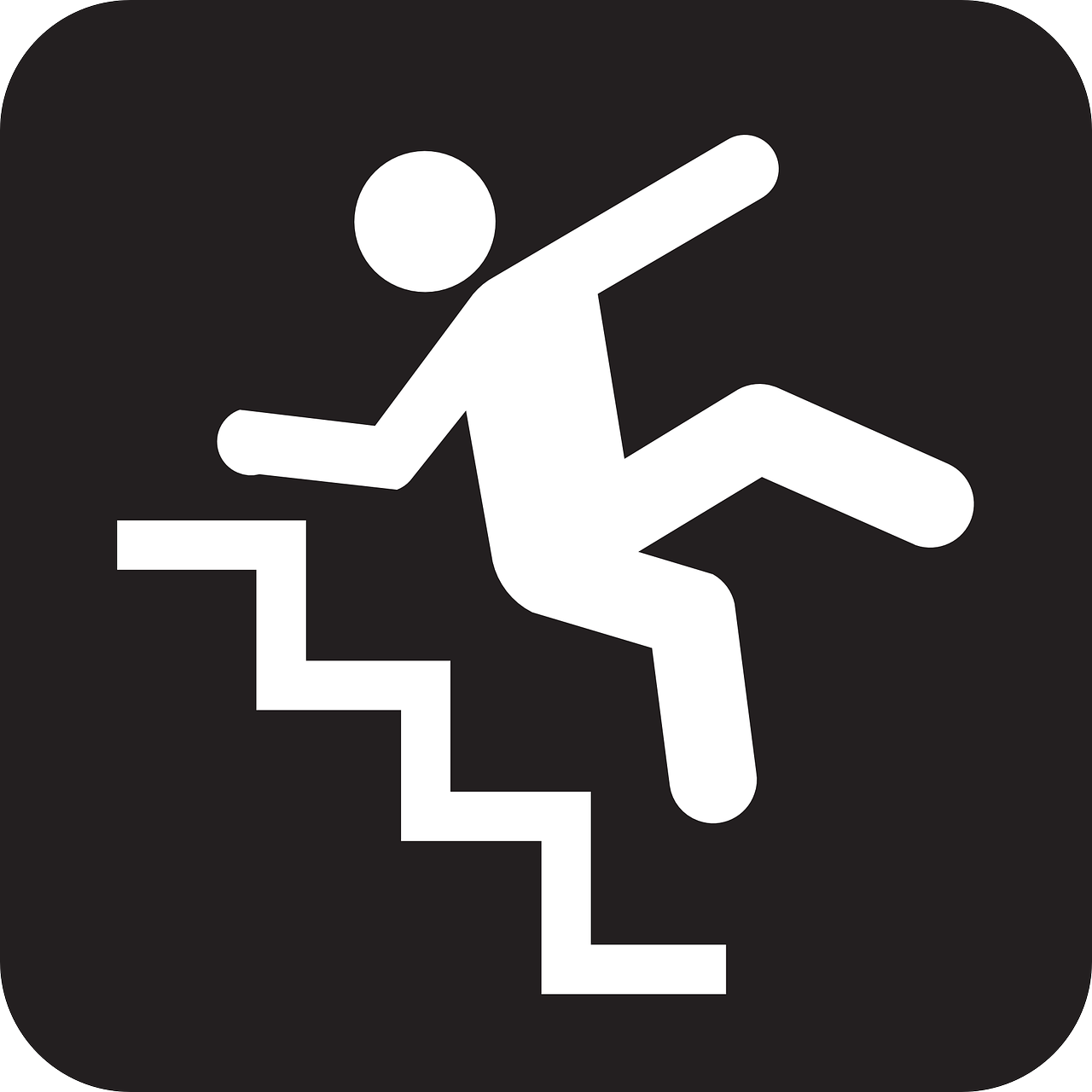
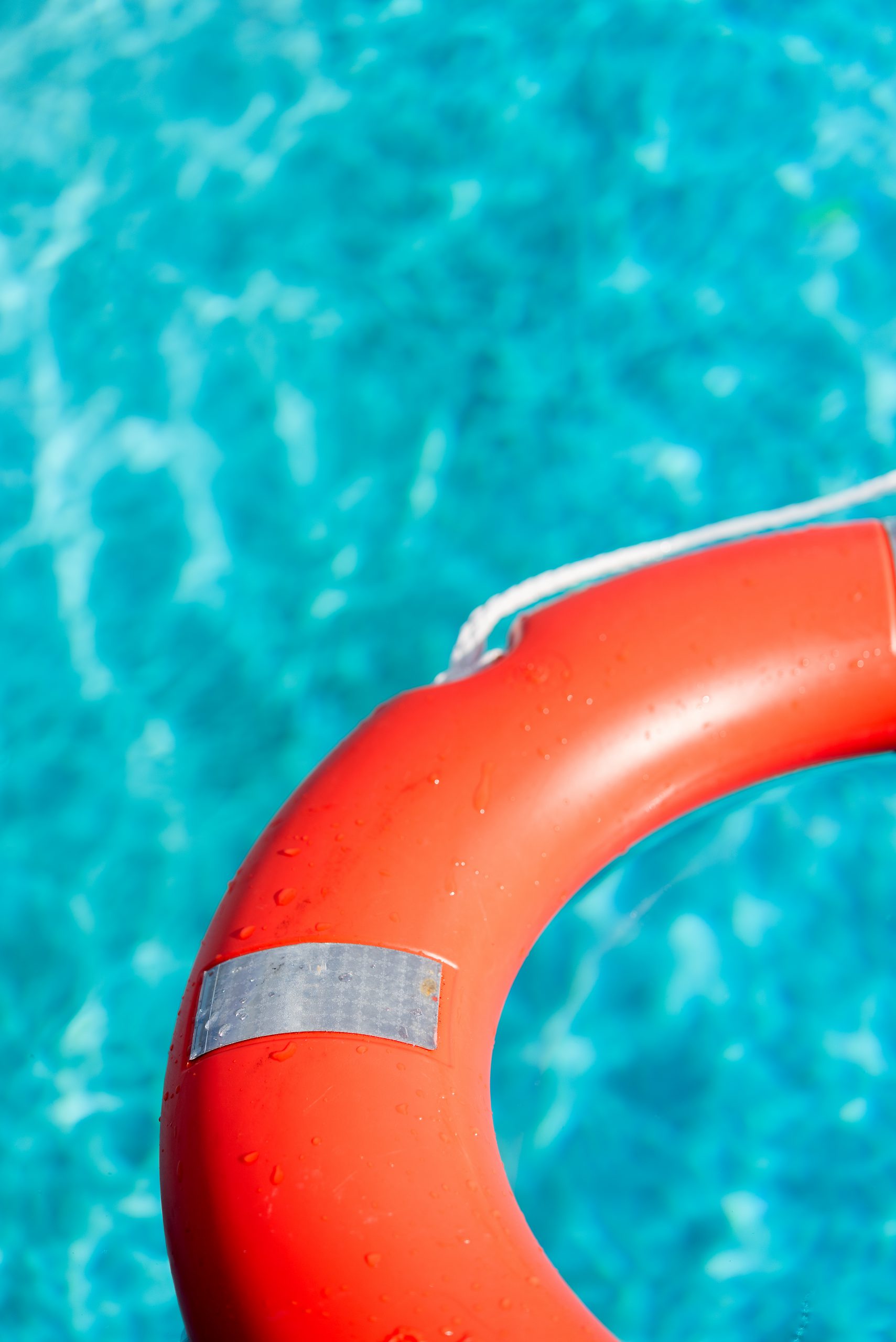
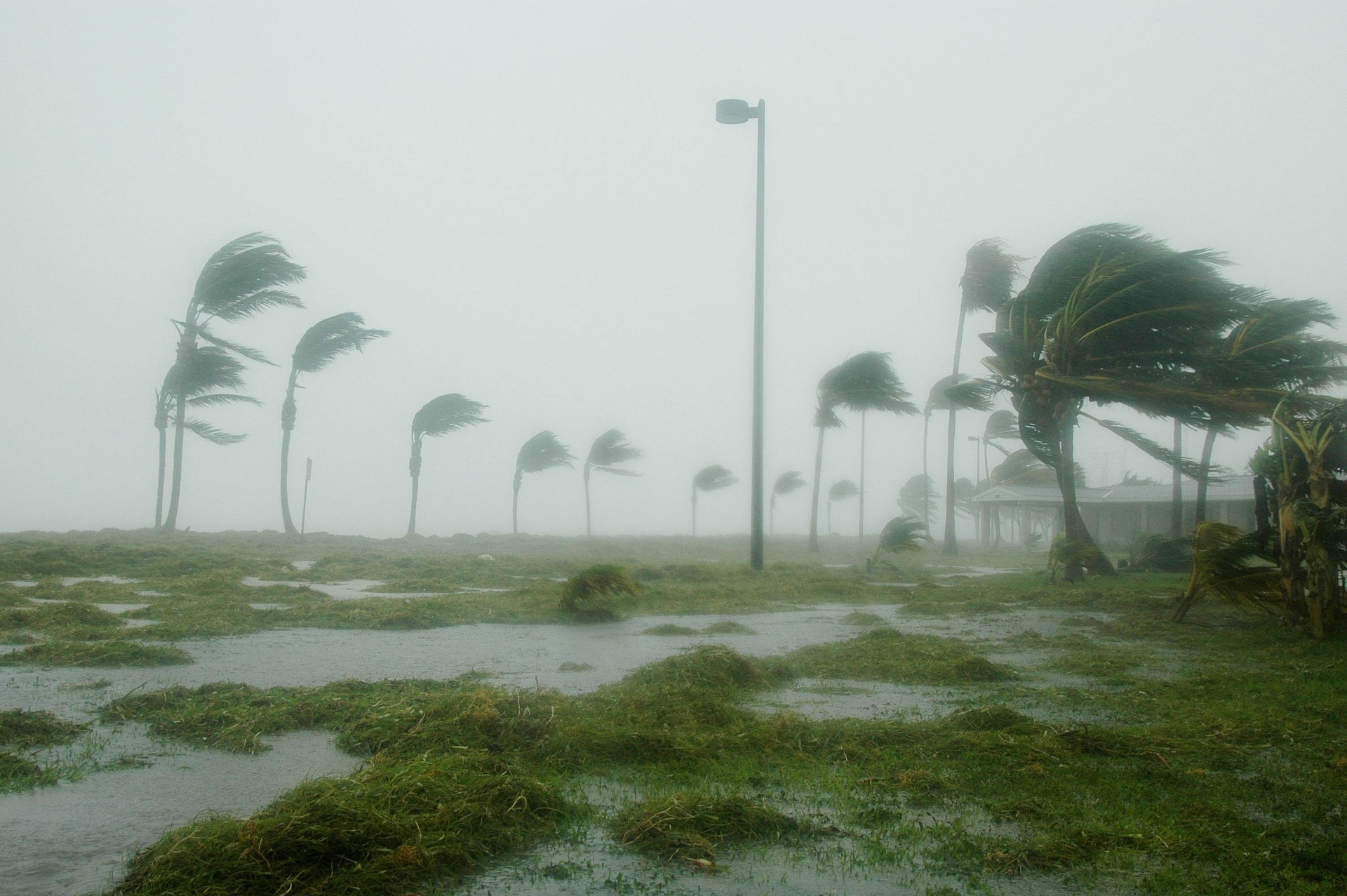
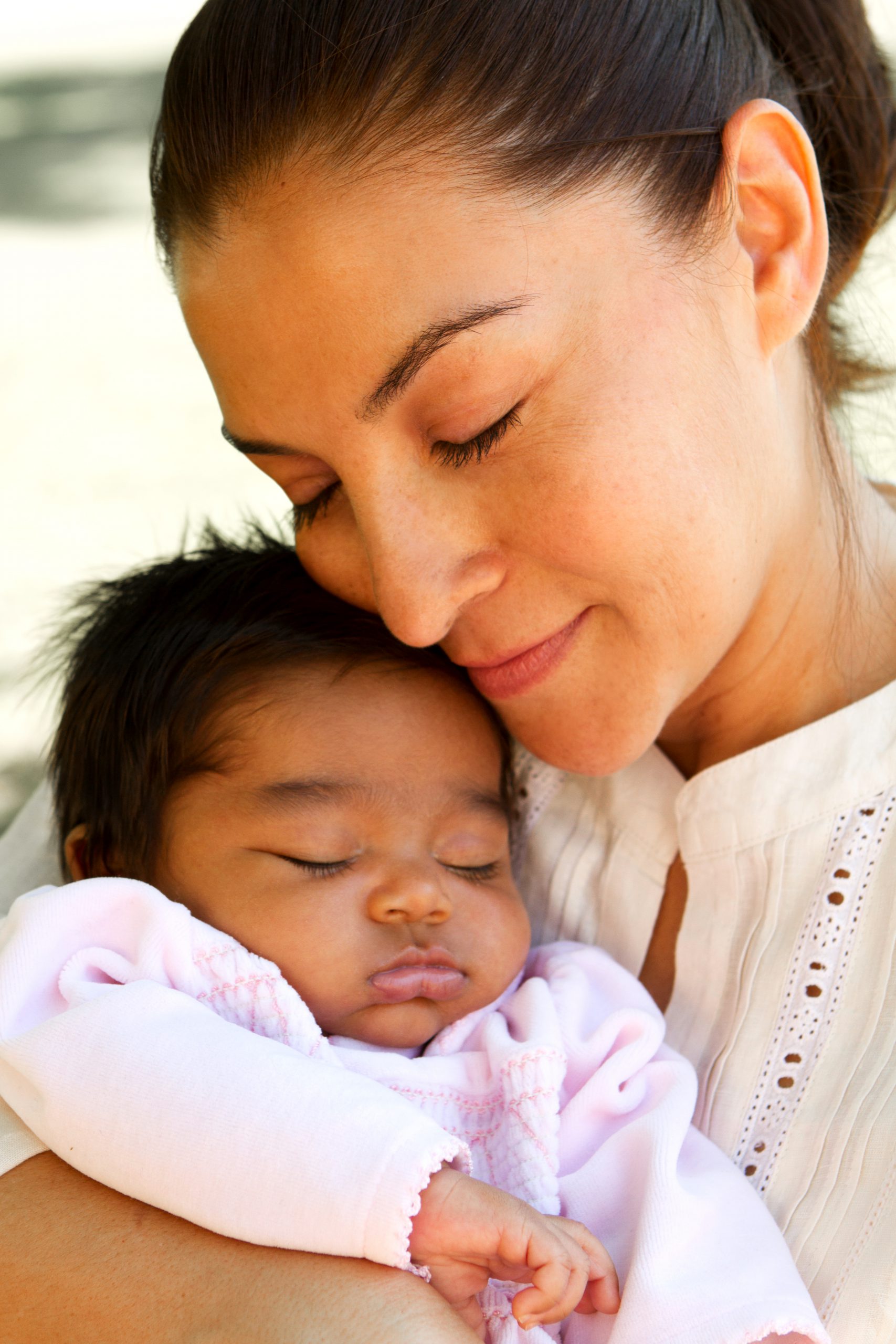

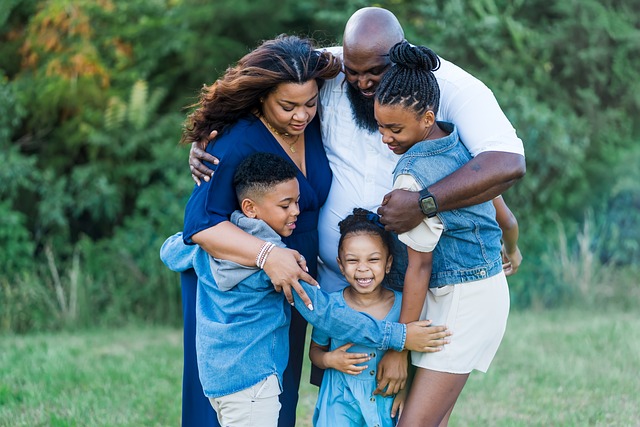



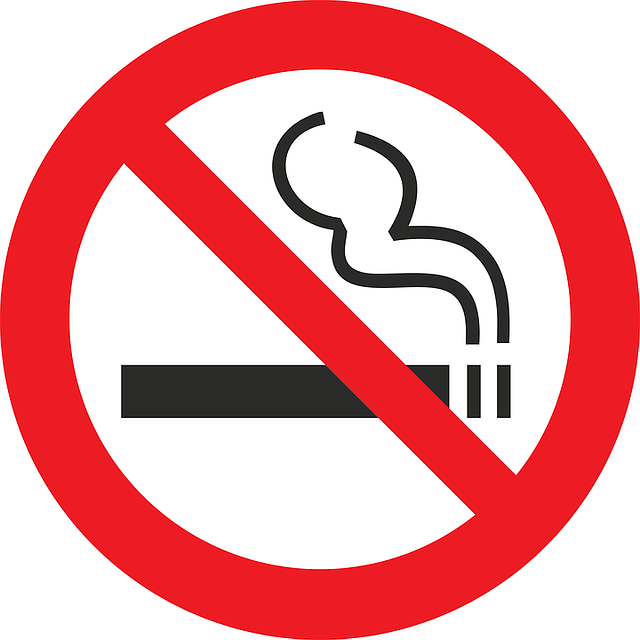
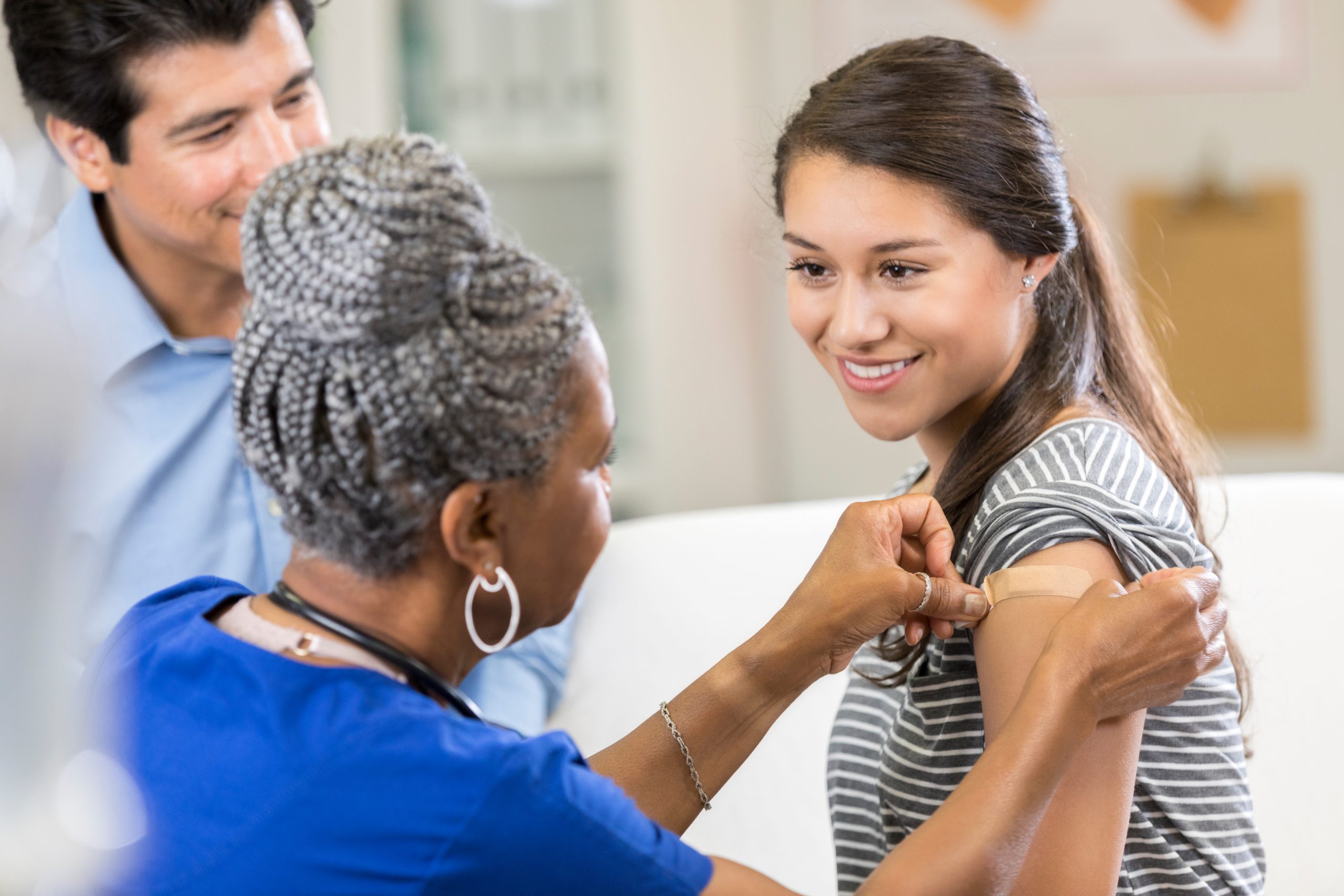
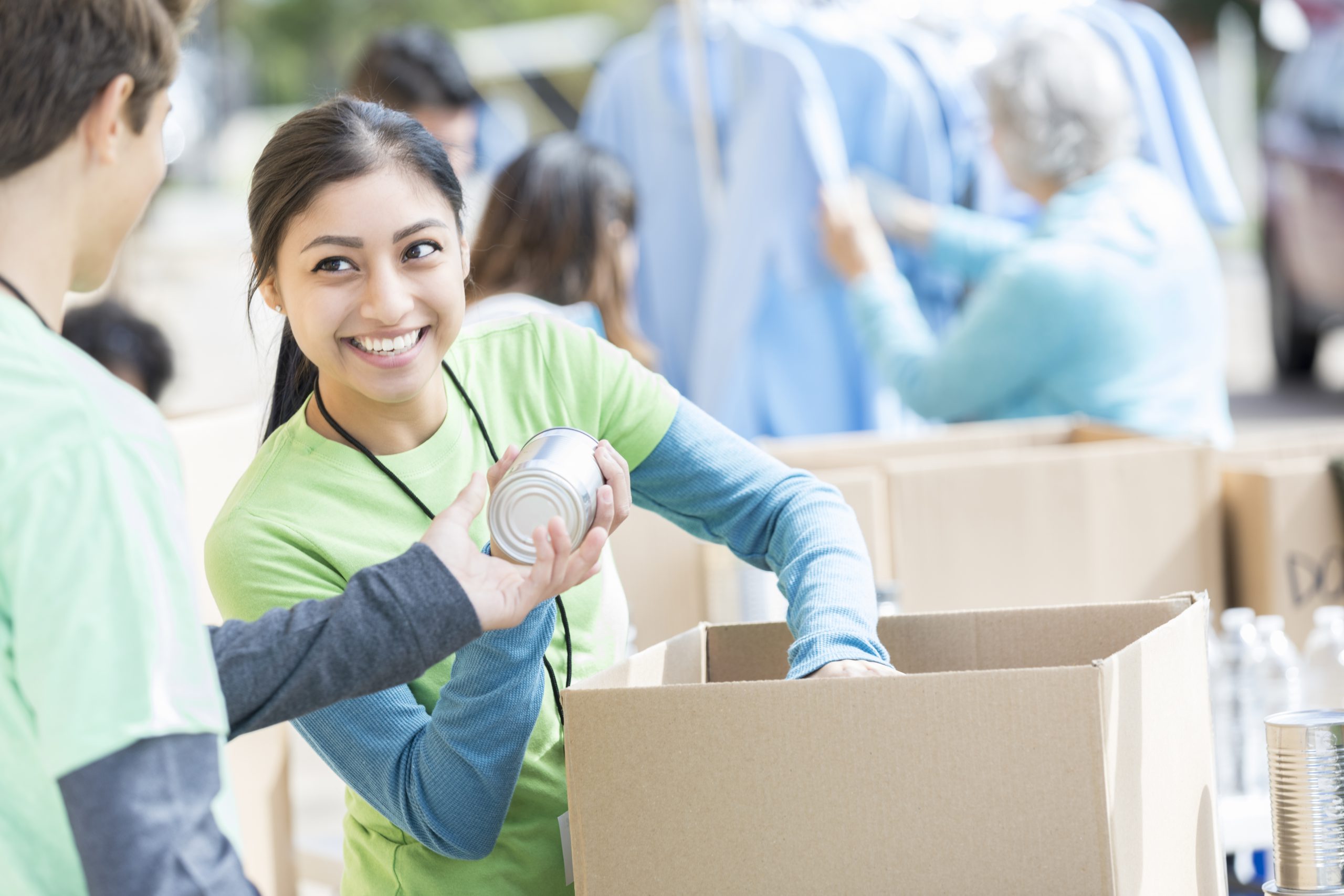

 Hatian Creole
Hatian Creole